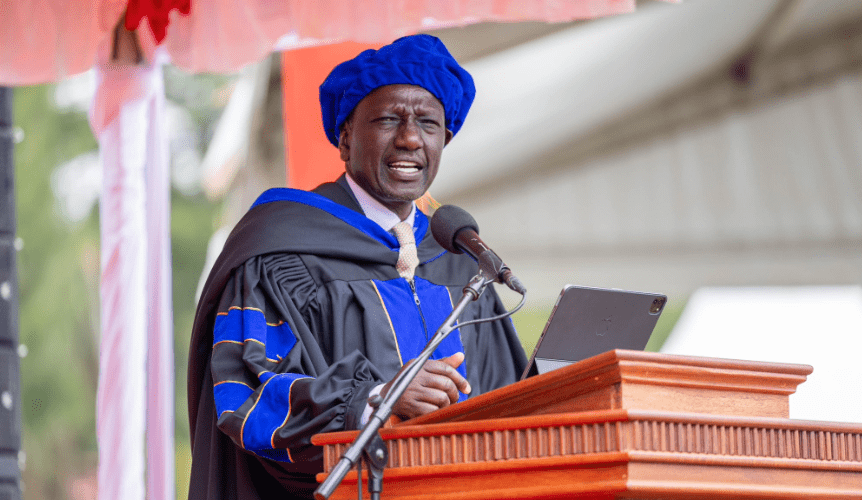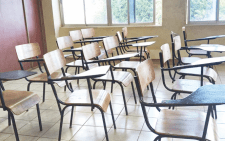Survival options for private varsities under CBE

The Competency-Based Education (CBE) system is reshaping the education landscape, introducing a model designed to align learning with students’ individual strengths, skills, and career ambitions.
Central to this shift is the mandate for all senior schools to offer the Science, Technology, Engineering, and Mathematics (STEM) pathway, but not necessarily other pathways of Arts and Sports, and Social Sciences. With the first cohort of CBE-trained students expected to transition to university in 2029, higher education institutions must brace for major changes.
Public universities are well-positioned to capitalise on this transformation. Many already boast robust STEM programmes, comprehensive facilities, and experienced faculty in scientific and technical disciplines.
Their long-standing investments in these areas mean they are naturally aligned with the CBE direction, placing them at a significant advantage as Kenya seeks to boost the number of graduates with technical skills essential for national development.
On the other hand, most private universities in Kenya face a looming crisis. Historically, these institutions have focused largely on easy-to-mount social sciences, business, education, and humanities. While these fields remain valuable, the strong emphasis on STEM under CBE threatens to leave private universities competing for a dwindling pool of students, unless they urgently diversify their academic offerings.
The scale of the challenge is significant. Over 60 per cent of students are expected to be placed in the STEM pathway under the new system, driven by the government’s ambition to enhance a workforce equipped for the modern economy. Private universities, many of which operate with smaller capacities and limited STEM programmes, risk being marginalised. They could find themselves fighting over the minority of students pursuing arts, sports, and social sciences, leading to sharply reduced enrolment numbers.
The financial implications cannot be understated. With fewer students, tuition revenues would decline, squeezing already tight budgets. Without sufficient income to cover operational costs, many private universities could face financial instability, forcing them to downsize, merge, or, in some cases, close their doors altogether. The risk of collapse is real for institutions that fail to pivot quickly enough to meet the demands of the CBE-driven market.
Given these shifting dynamics, private universities must urgently rethink their strategies if they are to survive – and thrive – under CBE. There is a pressing need to invest heavily in STEM programmes, develop engineering, technology, health sciences, and mathematics courses, and hire highly qualified faculty in these fields.
In addition, infrastructure must be upgraded to support practical, science-based education. Modern laboratories, research centres, innovation hubs, and partnerships with industries must become integral parts of private universities’ offerings. Without such investments, private institutions risk falling further behind, as students from the CBE system gravitate toward universities better equipped to support their aspirations.
The writer is a Professor of Chemistry at the University of Eldoret, a Higher Education Expert, and a Quality Assurance Consultant; okothmdo@uoeld.ac.ke















